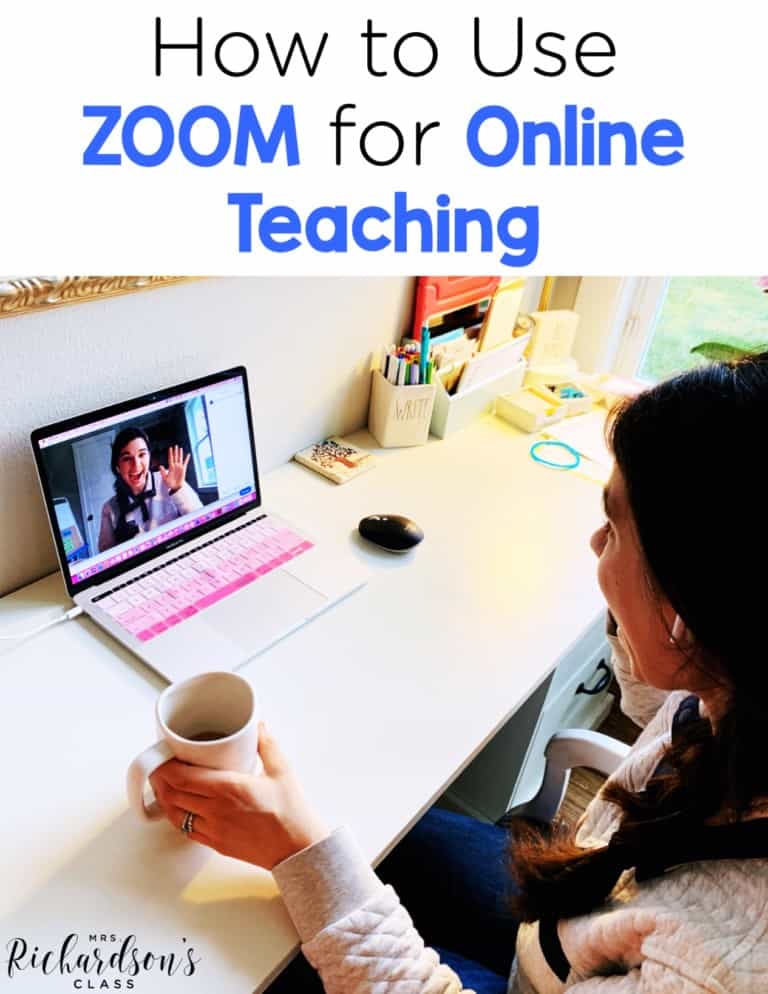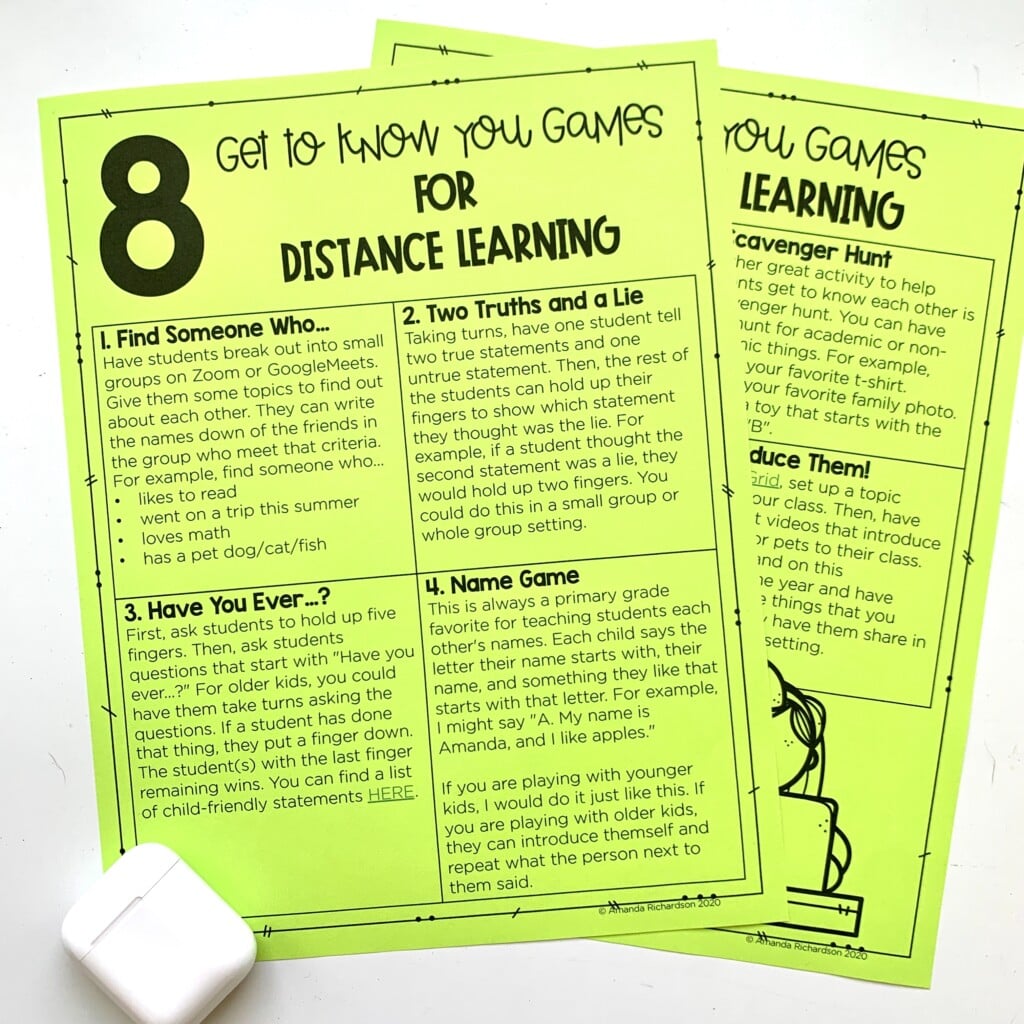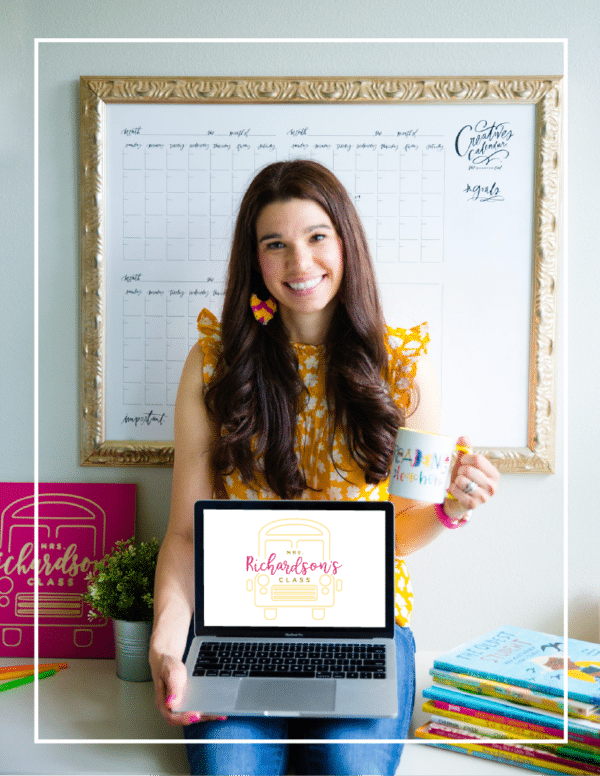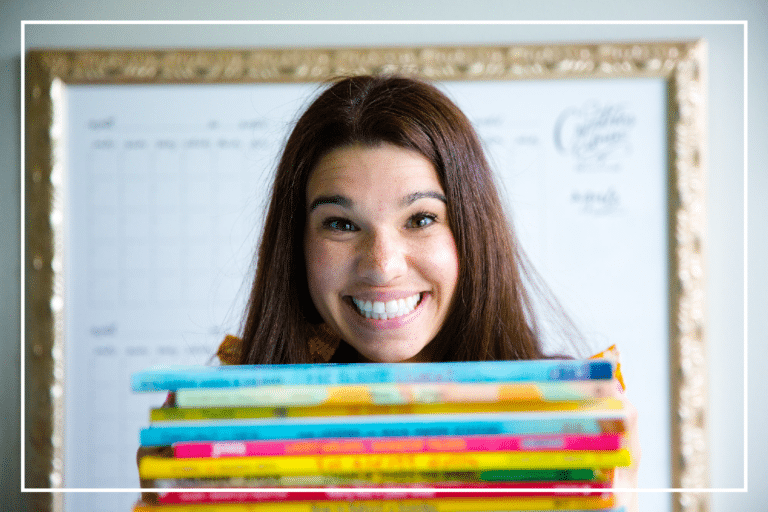


Have you been in the middle of teaching a great lesson and you start seeing several students getting wiggly? Then you might see them start to look up, around, and everywhere except at you. And before you know it, half the class is just not focused and engaged, and you’re doing more redirecting than teaching. I sure have! During my first year of teaching, I had an awesome mentor teacher remind me of the importance of classroom brain breaks!
Brain breaks are the perfect way to refocus and reengage students when things start to get a little off-task (maybe even wild!). Brain breaks are simply planned, brief activities that help the brain refocus. Science has proven over and over again that students need brain breaks.
When a young learner’s brain becomes stressed, overwhelmed, or receives too much information at one time, new learning no longer takes place. We definitely don’t want to be teaching our hearts out and creating amazing lessons just for students to not be able to learn!
Now here’s the good news … brain breaks can be super simple to implement! They often require no prep work at all. Finally, students love them! You’ll probably even see your classroom community bond grow stronger, too. Let’s jump into some of my favorite brain breaks for the classroom.
If you imagine that your body has an invisible line going straight through the middle of you, that’s called the midline of the body. Exercises that have students use their arms and legs to cross the midline help engage both sides of the brain to help students focus. Here are a few quick movements that are perfect to get students to cross their midline:
There are tons of videos on YouTube, too! Here are two that my students loved:
There are so, so many awesome brain break videos out there. Here are a few favorites:
Here are a few breathing guides for kids:
Want to grab a printable list of these brain breaks? I put them all together to make it simple for you! Click the image below to download it!
Remember that brain breaks can be as short as one to three minutes. You’ll want to implement them every 15-30 minutes in the kindergarten and first grade classroom.
Write down all of your brain break ideas on popsicle sticks or notecards. When you feel that your students need a brain break, pull one out so you’re always ready and don’t have to worry about coming up with an activity.
Set the expectations ahead of time. Let students know that it’s important to participate and have fun, but they can’t get carried away. Remember this takes lots of opportunities to practice.
Set a timer to help everyone stay on track with the daily schedule.
For videos, bookmark them all in a folder so that you know exactly where they all are when you need one. You don’t want to waste time searching and scrolling!
Finally, keep in mind that brain breaks don’t have to be complicated or fancy. We just want to give our young learners’ brains a chance to rest so that they can jump right back into learning! The next time you notice that students seem off-task, unfocused, or getting riled up, try a quick brain break and see what happens!
If you want to keep chatting about all things classroom management, literacy, organization, and more, head to our Facebook group. I love getting to chat with teachers like you, answer questions, and share ideas! Join thousands of other teachers and me HERE!


I’m a K-1 teacher who is passionate about making lessons your students love and that are easy to implement for teachers. Helping teachers like you navigate their way through their literacy block brings me great joy. I am a lifelong learner who loves staying on top of current literacy learning and practices. Here, you’ll find the tools you need to move your K-2 students forward!


| Cookie | Duration | Description |
|---|---|---|
| cookielawinfo-checkbox-analytics | 11 months | This cookie is set by GDPR Cookie Consent plugin. The cookie is used to store the user consent for the cookies in the category "Analytics". |
| cookielawinfo-checkbox-functional | 11 months | The cookie is set by GDPR cookie consent to record the user consent for the cookies in the category "Functional". |
| cookielawinfo-checkbox-necessary | 11 months | This cookie is set by GDPR Cookie Consent plugin. The cookies is used to store the user consent for the cookies in the category "Necessary". |
| cookielawinfo-checkbox-others | 11 months | This cookie is set by GDPR Cookie Consent plugin. The cookie is used to store the user consent for the cookies in the category "Other. |
| cookielawinfo-checkbox-performance | 11 months | This cookie is set by GDPR Cookie Consent plugin. The cookie is used to store the user consent for the cookies in the category "Performance". |
| viewed_cookie_policy | 11 months | The cookie is set by the GDPR Cookie Consent plugin and is used to store whether or not user has consented to the use of cookies. It does not store any personal data. |


